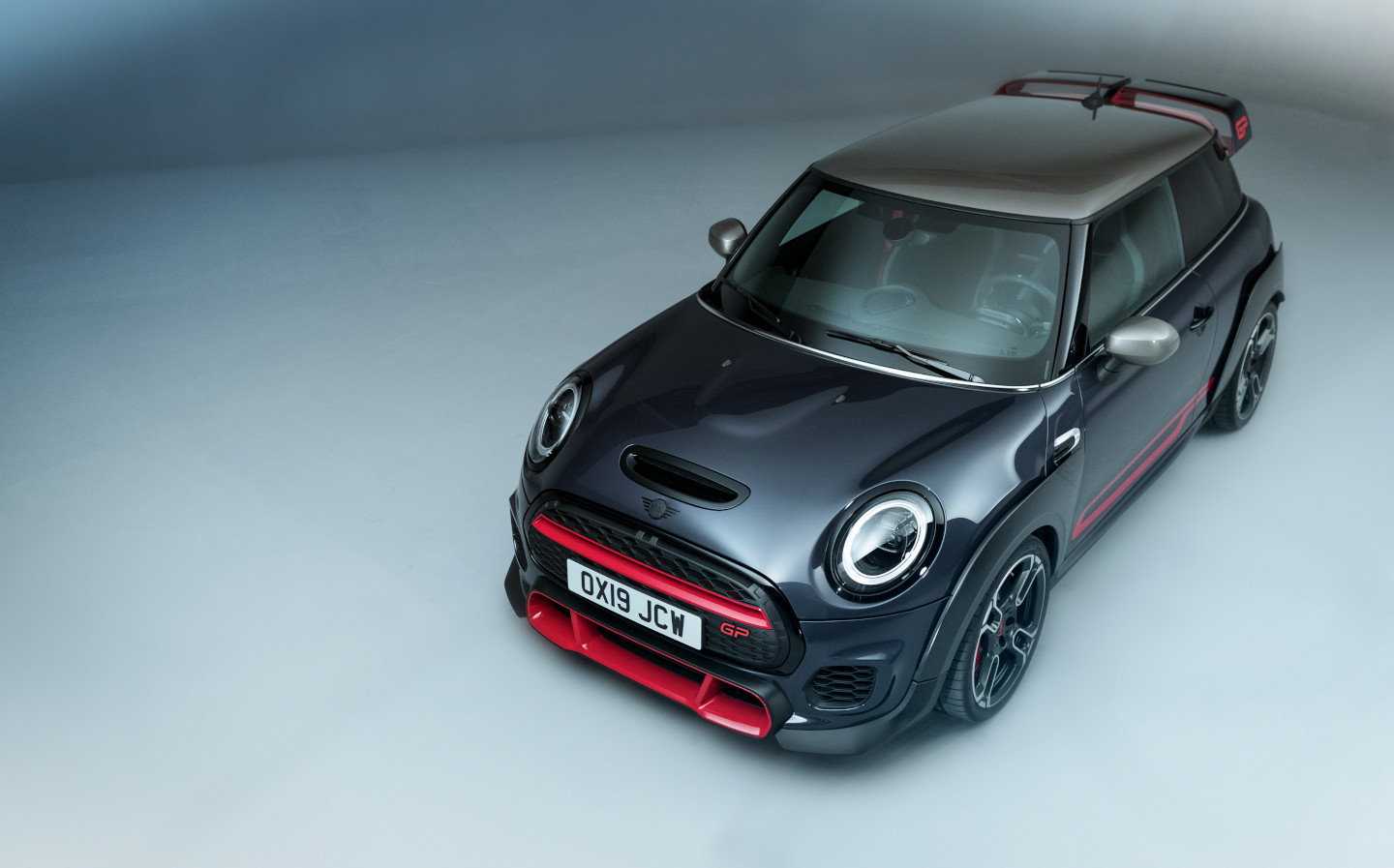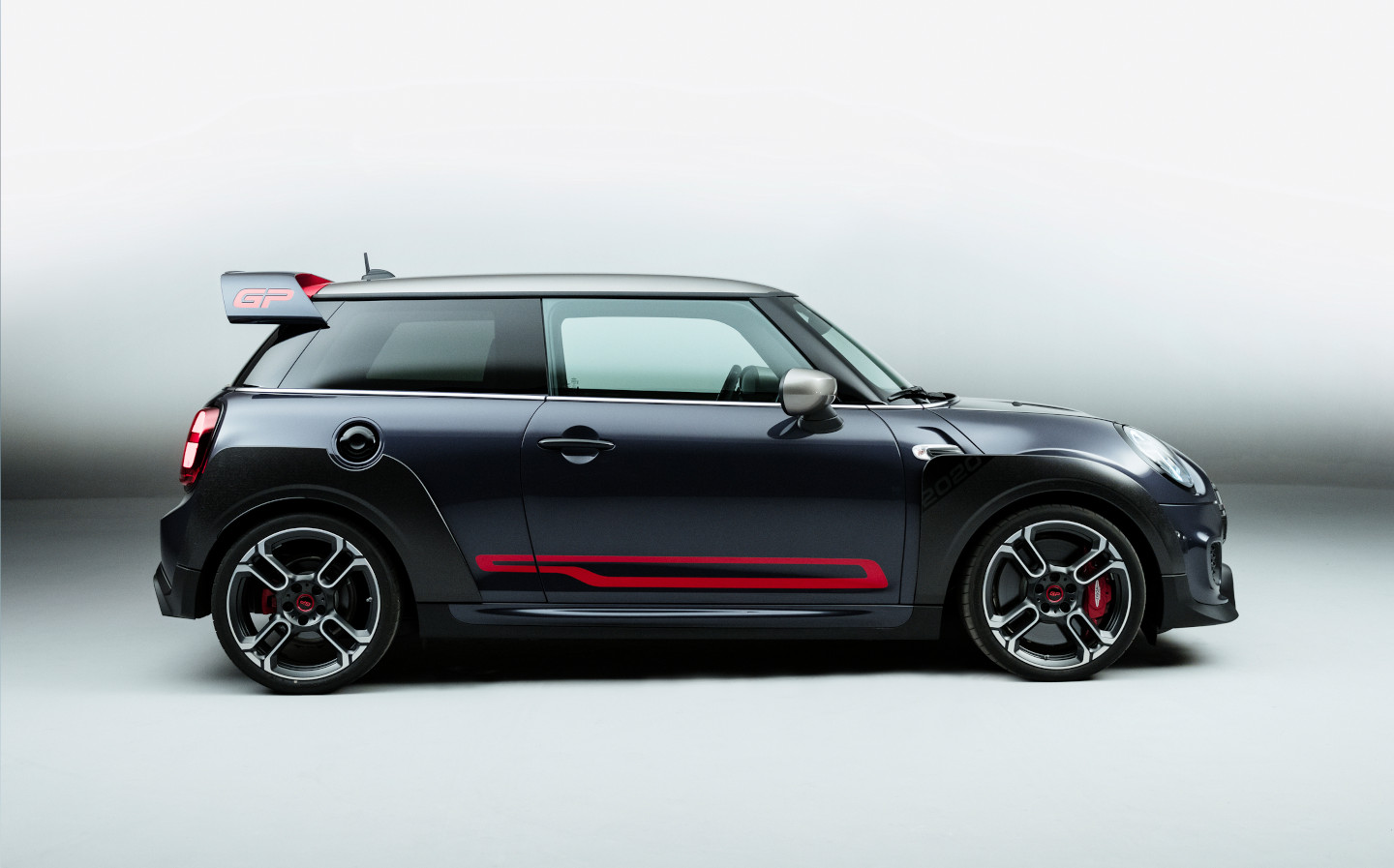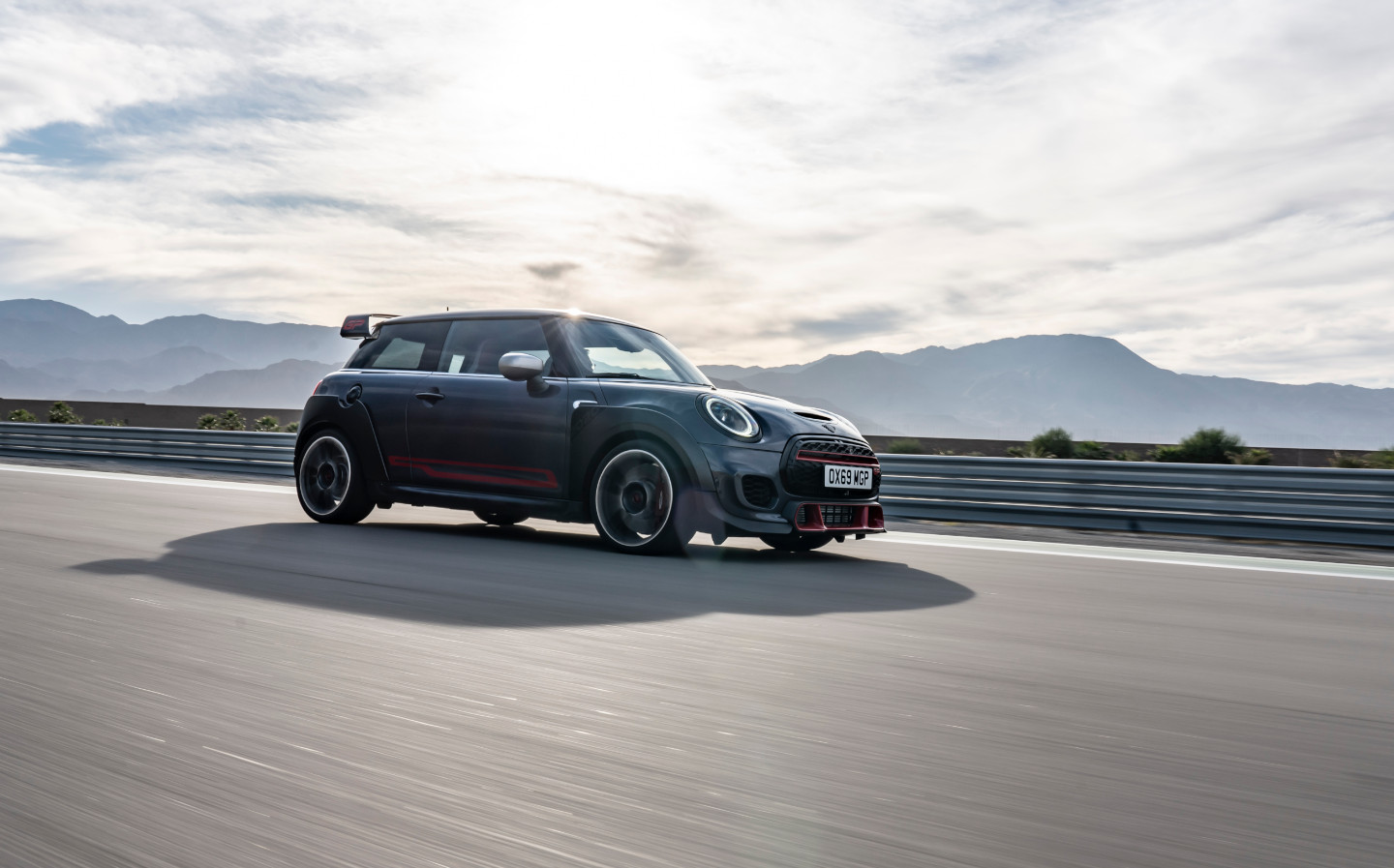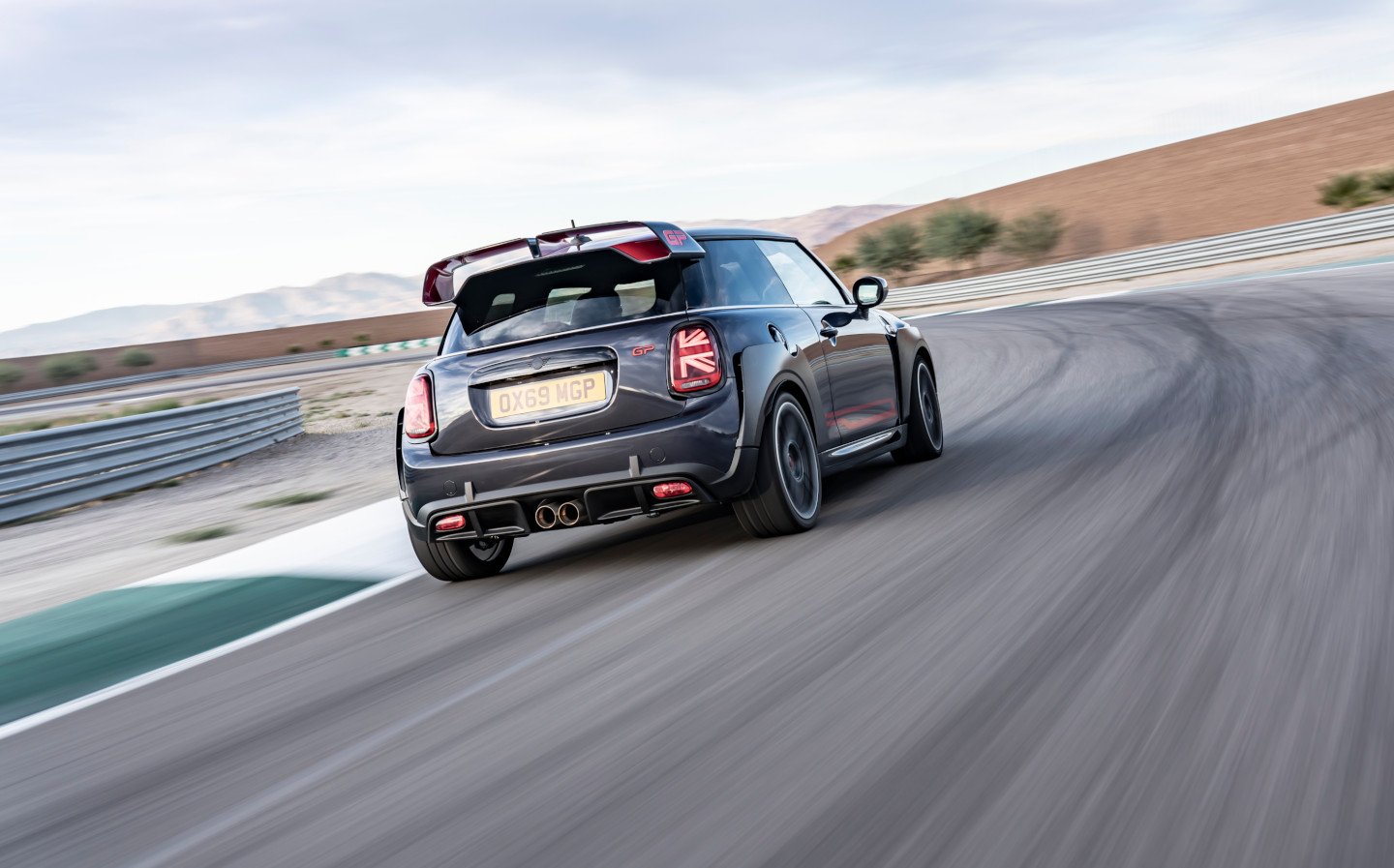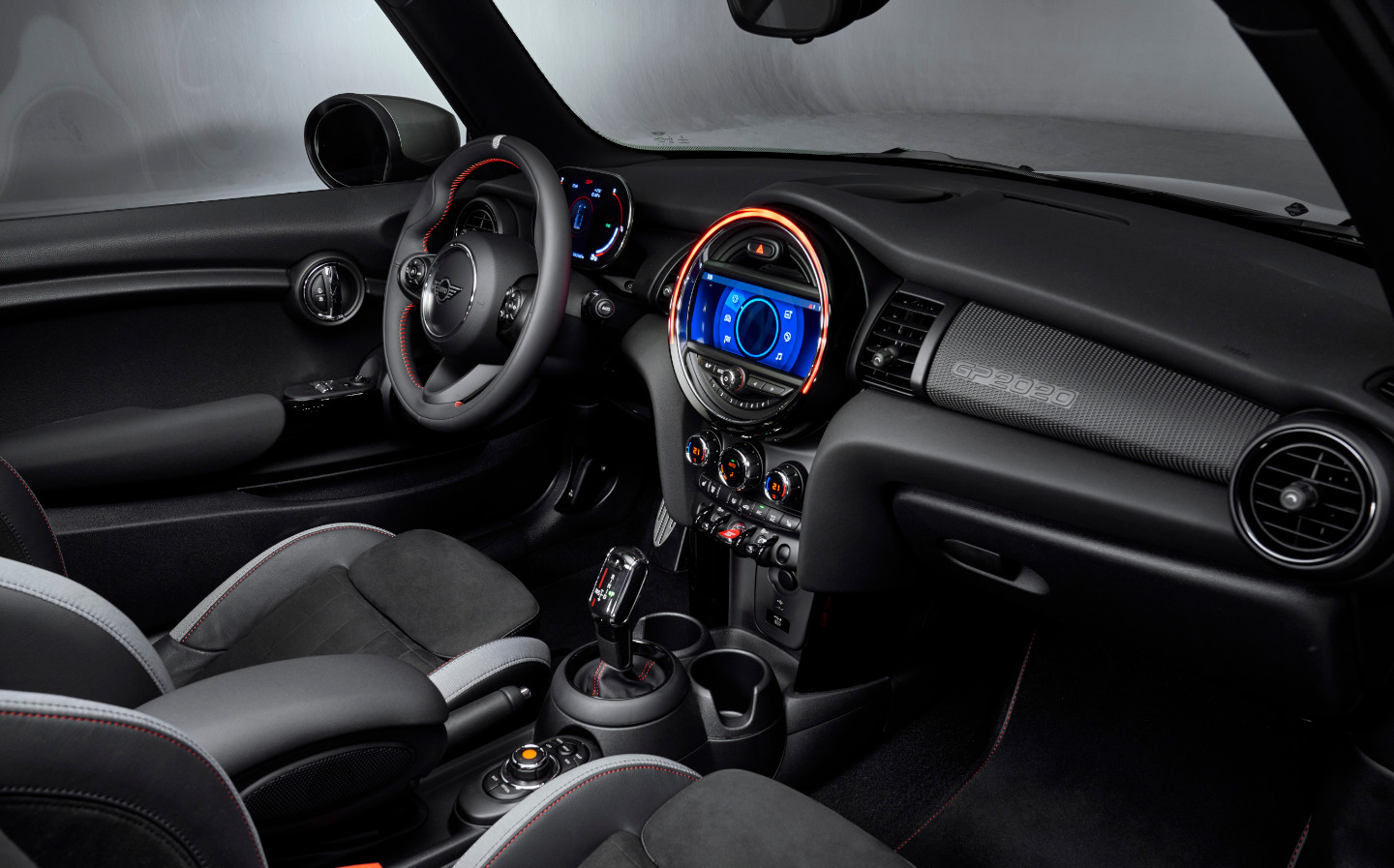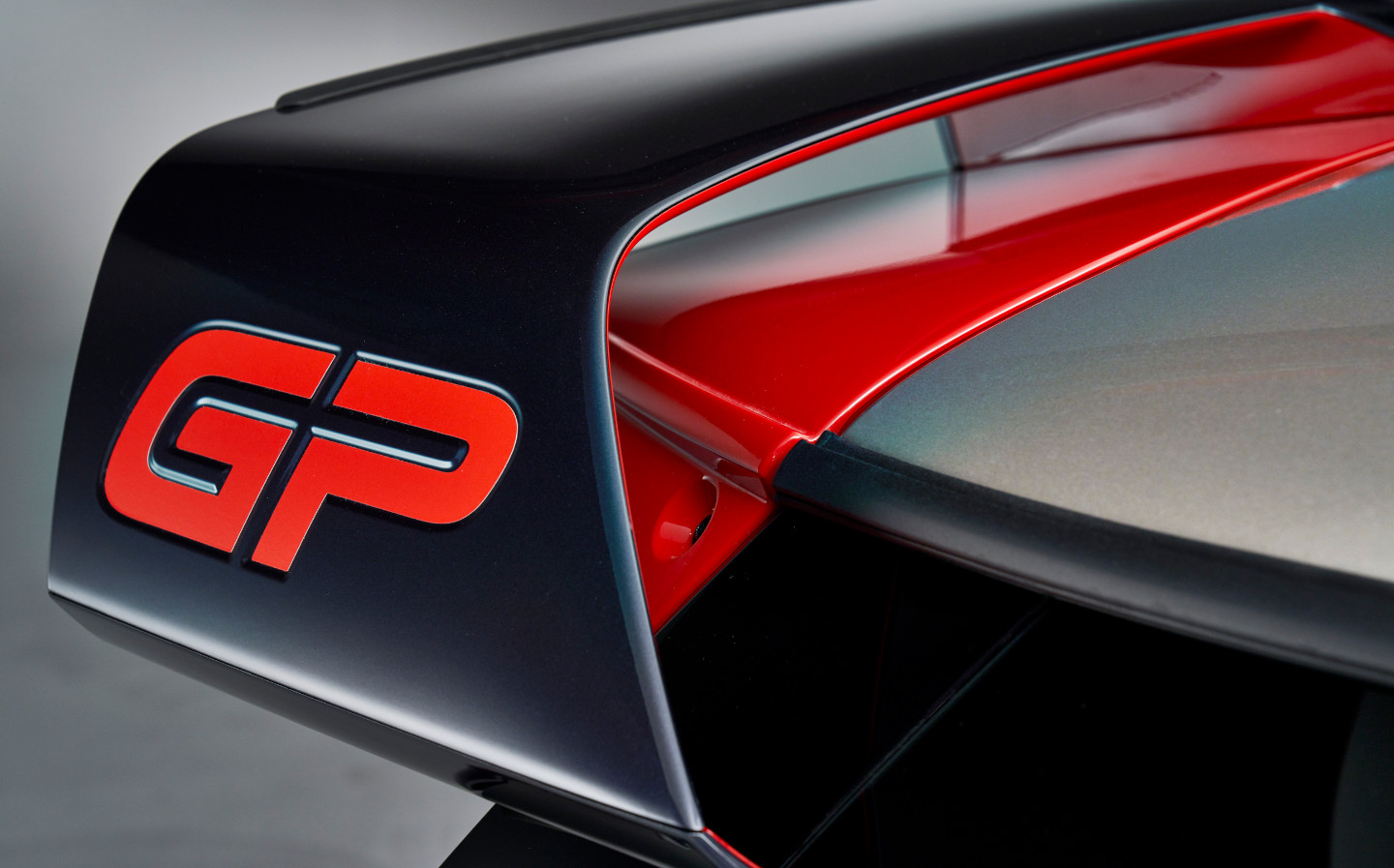Jeremy Clarkson on the Mini GP — his People's Car of the Year
The winner is a flash of colour in a sea of beige, he says
LAST WEEK we revealed The Sunday Times Motor Awards 2020 winners. Two of the eighteen lucky winners were chosen by Jeremy Clarkson, who named his Supercar of the Year and People’s Car of the Year.
The Eagle Lightweight GT was picked as his favourite supercar. It’s a Jaguar E-type-based modern classic: rare, beautiful, hand built and, of course, not cheap at around £810,000 a pop. This very much meant that Clarkson’s People’s Car of the Year had to be something that people could, well, afford.
What he decided on was the Mini John Cooper Works GP, and his full review of the car appears in today’s Sunday Times Magazine.
As a hot hatchback, the Mini GP is up against some stiff competition — the Golf R, Honda Civic Type R, RenaultSport Megane R.S., Mercedes AMG A 35… the list goes on.
This, however, is a red hot hatchback. Hot to the tune of 302bhp, delivered by the same engine that powers the BMW M135i — but in a car that’s about 350kg lighter than the 1-Series range-topper. That is a substantial weight difference, one Clarkson likens to shoving “the blood-red heart of a mutant wolf into the body of a mouse”. In fact, when “a possibly over-refreshed chap from BMW” announced last year that the company was working on a 300bhp+ Mini, Clarkson scoffed.
Of course, you can’t just put such a powerful engine in a Mini Cooper without making some other adjustments, “to ensure the whole thing doesn’t just explode in a shower of cogs and rubber and headlamps.” Mini, therefore, has added a ginormous rear wing, carbon fibre-reinforced barge boards and flappy-paddle gears.
None of which help solve the problem of front-wheel-drive hot hatches: torque steer, which causes the car to veer wildly to the left or right when the acceleration pedal is hit over-zealously. According to Clarkson, “Sometimes it’s annoying. Sometimes it’s alarming. And sometimes you’ve no idea what it is because you’ve speared head first into a tree and now you’re dead.” While other car makers have resorted to four-wheel drive in order to combat the issue, Mini seems to have just crossed its fingers and hoped for the best.
The result? “Hmm,” he says. “I think “Sweet mother of Jesus” covers it. In the Mini GP, overtaking a van suddenly becomes an exercise in wrestling with otherworldly forces. And the torque steer isn’t the only issue; the bounce, thanks to the GP’s lowered suspension, feels like “being on Tigger after he’s just received news of a big premium bond win”. It’s also jerky in traffic. And loud on the motorway. And thanks to the Mini’s 164mph top speed (there’s a sentence we never thought we’d say), you have to keep an eye on the speedometer.
And yet, “It’s one the best cars I’ve driven all year,” Clarkson says.
With all of its faults (and it sounds like there are many), the Mini GP is a flash of colour in what Clarkson has taken to terming motoring’s “beige period”. It’s an oasis in an arid desert full of cars that are “made to be ecological and safe and spacious and cheap to repair”; cars that “creep onto the market with an apology rather than a fanfare.” It’s as if going from a dentist’s waiting room to the Rio Carnival, he says.
Once Clarkson had realised how the Mini would behave under acceleration and once got over the issues it encounters at slow speeds — by speeding up — he said he laughed out loud “in a way I haven’t for years, at the noises and the rush that resulted.” A thrill that only got better when he realised that it’s most likely the fastest Mini ever created — and it’s only £35,500.
To read Jeremy Clarkson’s full review of the Mini John Cooper Works GP, head to The Sunday Times website or grab a copy of today’s Sunday Times Magazine.
Tweet to @ST_Driving Follow @ST_Driving


